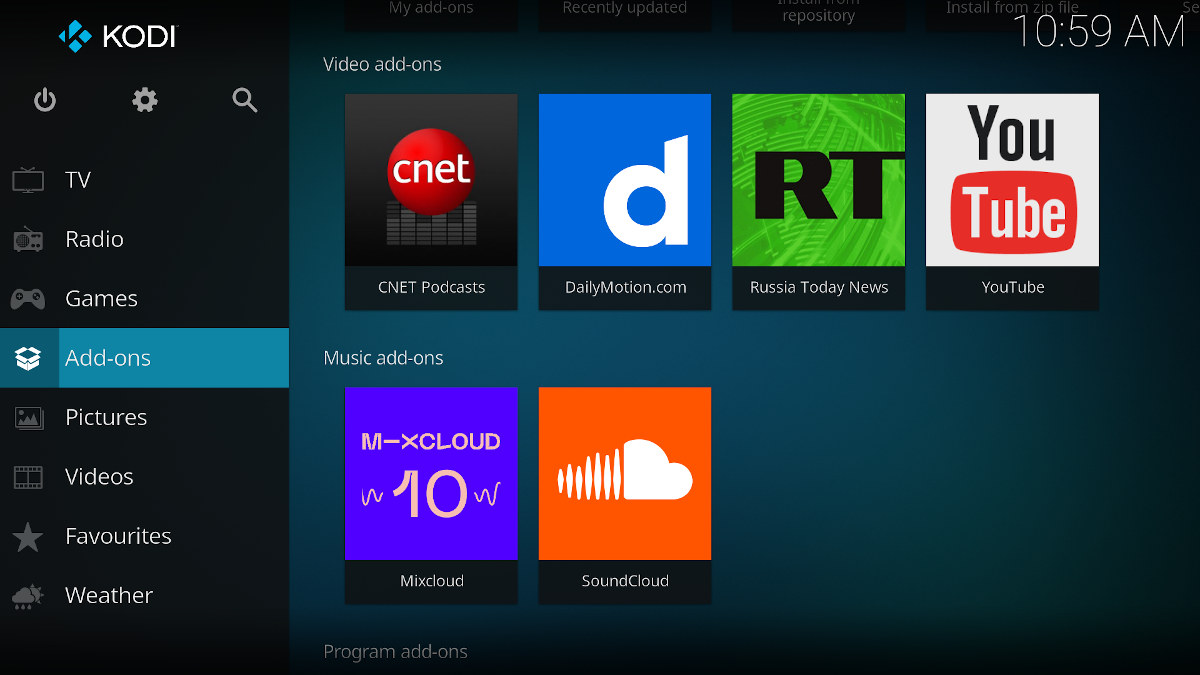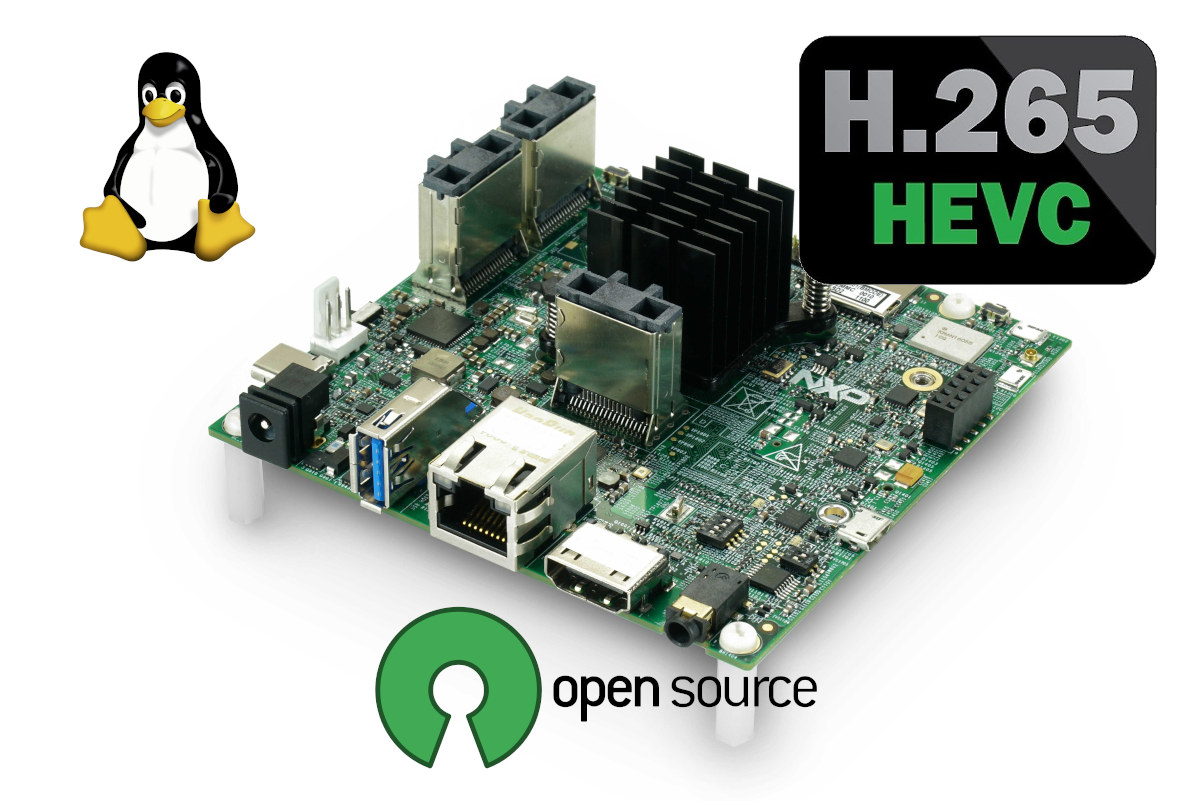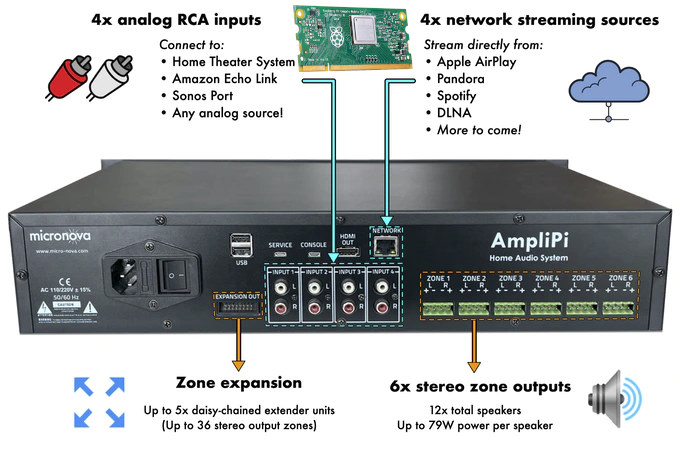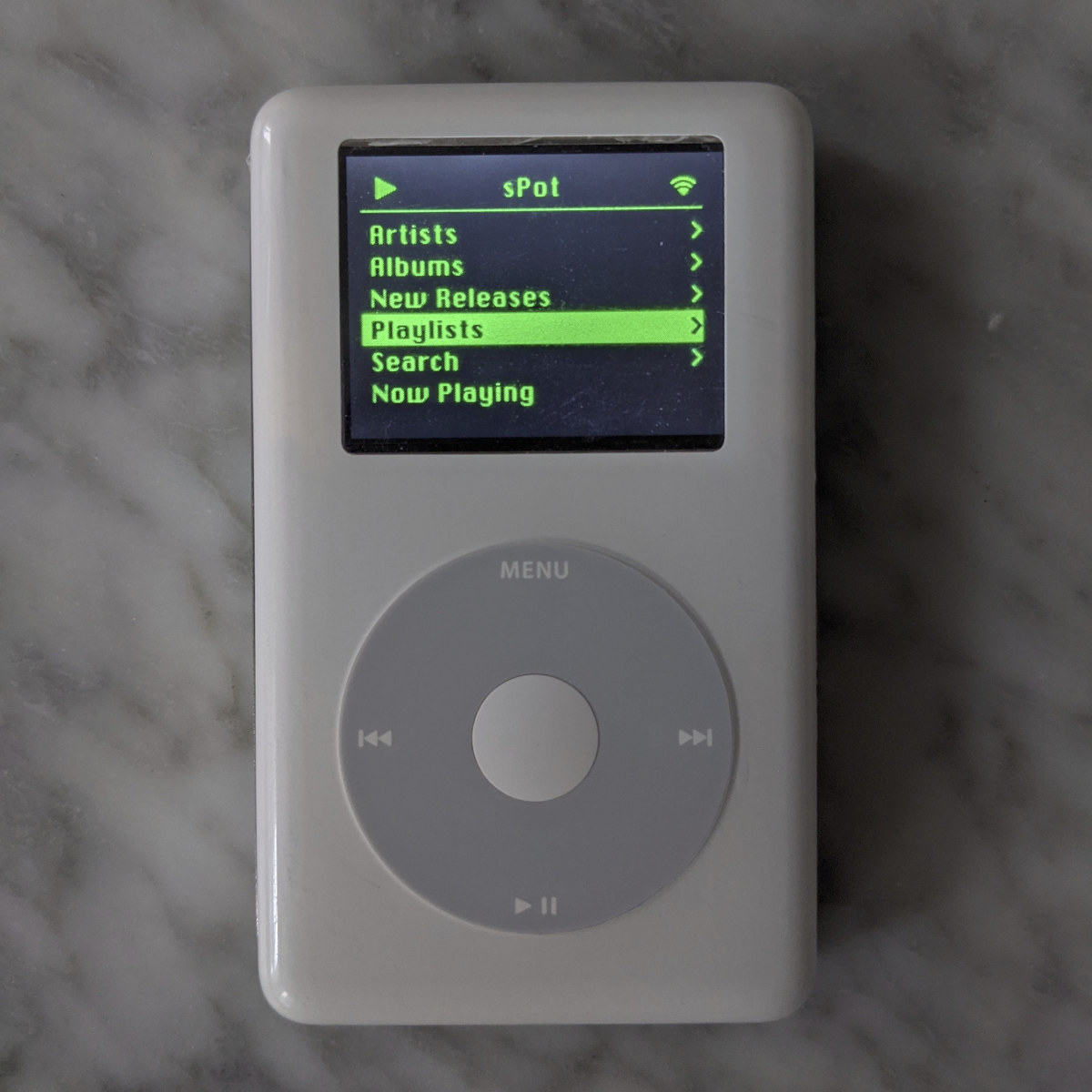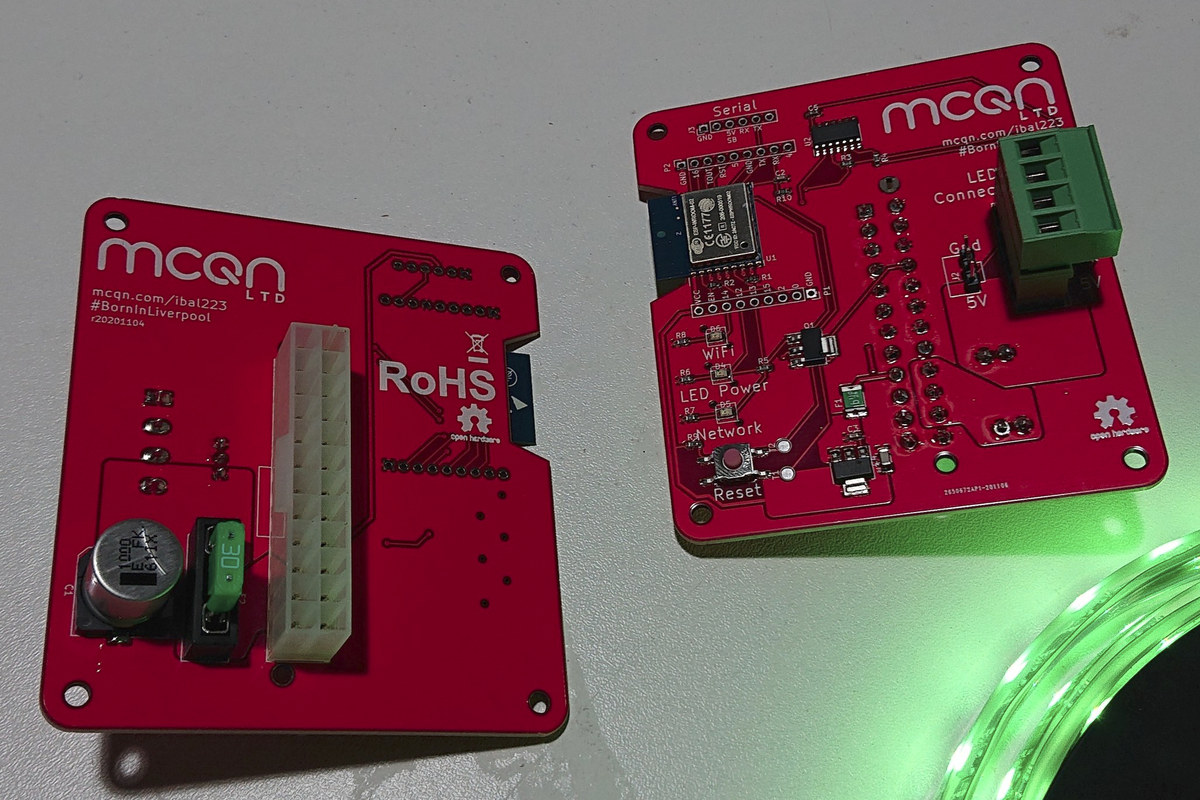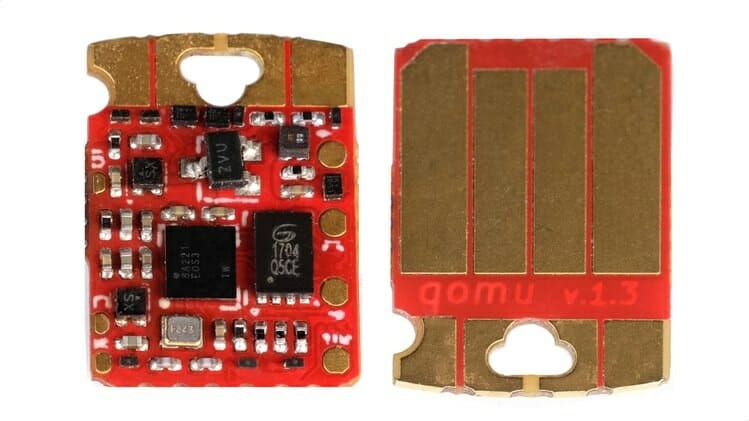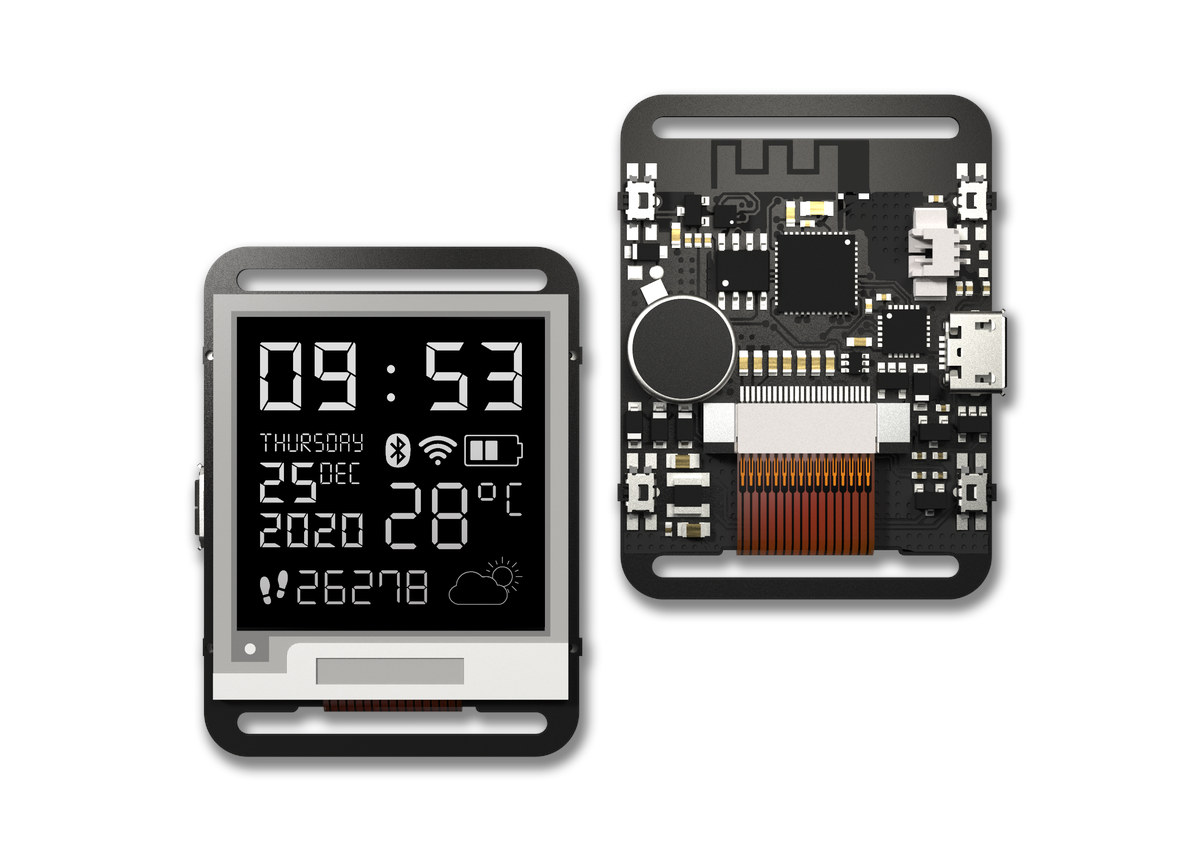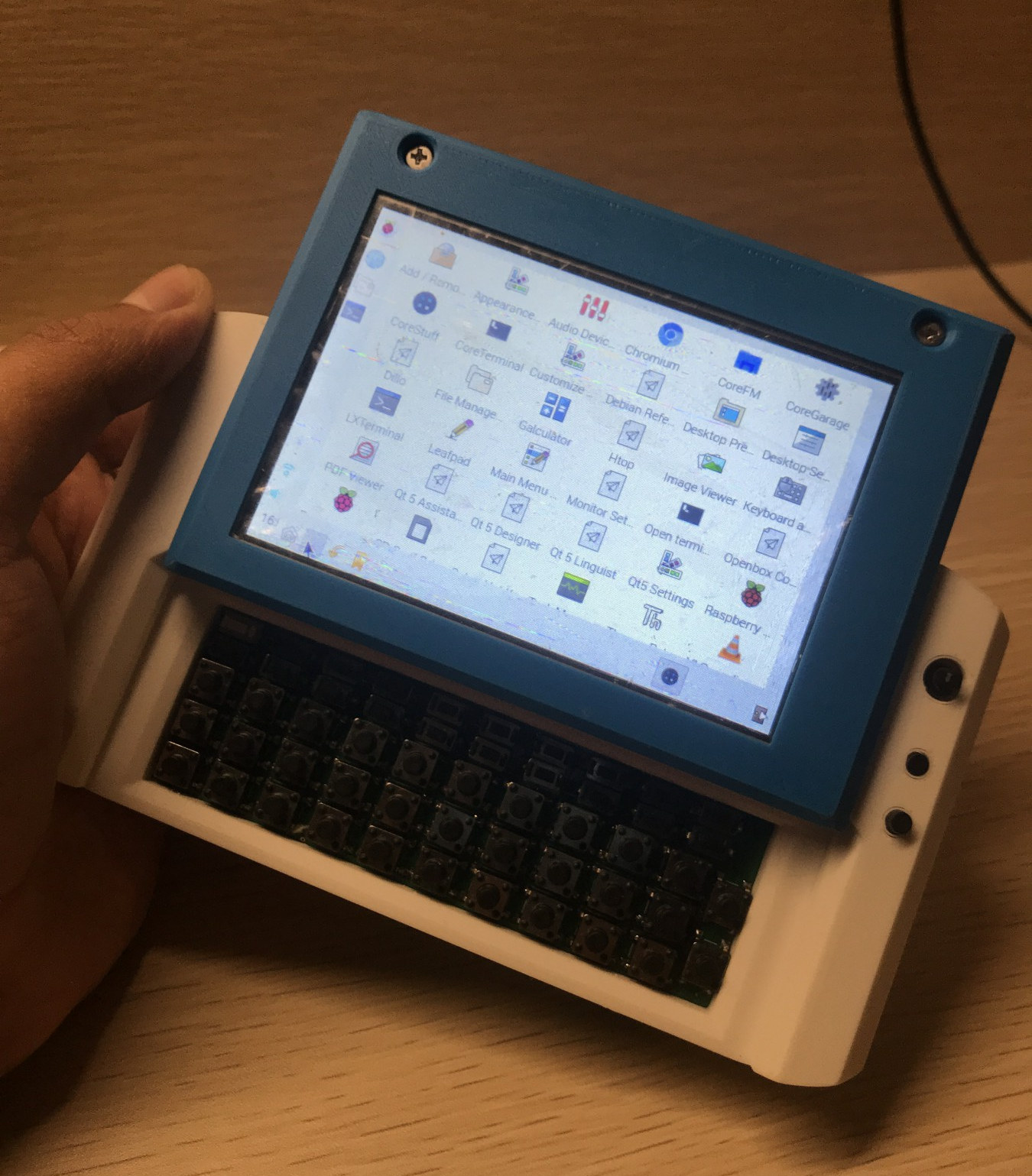Kodi is an open-source media center that was initially designed for the XBOX game console, but was quickly ported to other platforms such as Windows and Linux, and eventually to low-cost Android TV boxes and single board computers such as Raspberry Pi. A new stable release of the software comes out every couple of years, and the developers have just announced the release of Kodi 19 “Matrix” a little over two years after Kodi 18 “Leia” release. The default user interface may look similar to the one for Kodi 18, but there have been many changes over the last two years with some of the highlights including: Skin/Look-and-Feel Screen redesign, especially for music with new metadata displays and changes to playlist views New “now playing” view Artwork and image file improvements Video Playback AV1 software decoding Windows 10 – HLG HDR and static HDR10 playback Android – Static HDR10 and […]
Open-source H.265/HEVC Hantro G2 decoder driver added to NXP i.MX 8M in Linux
Getting open-source multimedia drivers on Arm Linux is one of the most difficult tasks, that’s why there’s no much talk about open-source GPU drivers for 2D & 3D graphics acceleration, but work on video hardware decoding and encoding is also a challenge. We’ve previously seen Bootlin work on Cedrus open-source driver for Allwinner VPU (Video Processing Unit), but Collabora has been working on open-source drivers for VeriSilicon’s Hantro G1 and G2 VPU found in some Rockchip, NXP, and Microchip processors. The company previously managed to have Hantro G1 open-source driver for JPEG, MPEG-2, VP8, and H.264 codecs, but H.265/HEVC relies on Hantro G2, and the patch for H.265 hardware video decoding on NXP i.MX 8M Quad has just been submitted to mainline Linux. Benjamin Gaignard explains more in his commit message: The IMX8MQ got two VPUs but until now only G1 has been enabled This series aim to add the […]
AmpliPi – A Raspberry Pi-based whole house audio amplifier (Crowdfunding)
Micro Nova has put together an open-source, whole-house audio amplifier called AmpliPi based on Raspberry Pi Compute Module 3+. It is capable of streaming four independent sources to 6 stereo output zones, expandable to up to 36 stereo output zones through daisy-chained extender units. AmpliPi specifically supports inputs from four networking streaming sources including AirPlay, Pandora, Spotify, and DLNA, as well as four analog RCA inputs for your media appliances. AmpliPi key components and features: Controller Board Carrier board fitted with Raspberry Pi Compute Module 3+ and PCM5102A & CM6206 audio DACs. It also communicates over I2C with the STM32 MCU on the Preamp board (see below) to control the muxing and amplification systems. Interfaces 10/100M Ethernet port HDMI 1.4 output 2x USB 2.0 ports, plus one internal USB port Service and console ports for maintenance and/or debugging. Preamp Board Board equipped with a 6×4 audio matrix switching system and […]
iPod Classic given new life with Raspberry Pi Zero W & Spotify
Guy Dupont got a bunch of 2004, fourth-generation iPod Classic MP3 players from his mother-in-law, and instead of playing MP3 files on the media players, he decided to repurpose one with a Raspberry Pi Zero W to be able to stream music from Spotify over WiFi. The resulting project is called sPot (ess-pot), and looks just like an original iPod, but it’s a Linux device that can stream/search via Spotify with a UI written in Python and based on the original iPod experience. But apart from the enclosure, and the original “click wheel” there’s not much left from the original design. Besides the Raspberry Pi Zero W SBC and iPod enclosure, the sPod includesAdafruit Mini LiPoly/LiIon USB Charger and PowerBoost 1000 Basic boards for charging and power management, a 1,000mah,3.7V rechargeable li-ion battery, vibration motor discs For haptic feedback, a 2-inch Adafruit TFT display, and a few other components, wires, […]
ESP8266 board with 24-pin ATX connector drives RGB LED strips
“Adding Open Hardware to Open Software for a More Equitable IoT” talk at FOSDEM 2021 discussed the importance of open-source hardware and software for IoT devices, notably to avoid getting a brick after the cloud service is suddenly terminated. Adrian McEwen then specifically talked about his “My Baby’s Got LED” ESP8266 open-source hardware board powered by… a USB charger? nope. A battery? You’ve got to be kidding. Instead, the ESP8266 board is equipped with an ATX connector taking a standard power supply found in PC towers and desktops. But why? That’s because the board is designed to control a string of Neopixels/WS2812 RGB LED’s, and a 500W ATX power supply can power up to 500 lights. MCQN’s “My Baby’s Got LED” board specifications: Wireless module – ESP-WROOM-02 ESP8266 module with WiFi 4 connectivity LED strip connector – 4-pin terminal block Expansion – 2x 9-pin unpopulated 2.54mm pitch header for easy […]
Qomu Cortex-M4F & FPGA USB board is programmable with Symbiflow open-source toolchain (Crowdfunding)
We’ve seen several tiny “omu” USB boards that are the size of a USB connector in the past, starting with Tomu based on Silabs EFM32 Arm-Cortex-M0+ MCU, then Fomu enabling Python programming and RISC-V softcore on a Lattice ICE40 FPGA, and finally Somu FIDO2 security key. There’s now the new Qomu board based on Quicklogic EOS S3 Cortex-M4F MCU with embedded FPGA. Just like its predecessor, the board almost completely fits in a USB connector except for the touch pads, and also happens to be programmable with Symbiflow that dubs itself as the “GCC of FPGAs”, as well as other open-source tools. Qomu specifications: SoC – QuickLogic EOS S3 Arm Cortex-M4F MCU @ up to 80 MHz with 512 KB memory, embedded FPGA with 2,400 effective logic cells and 64 Kbits of embedded RAM Storage – 16 Mbit flash Misc – Four capacitive touch pads, 1x RGB LED Power – […]
Watchy Pebble-like Smartwatch with E-paper display, ESP32 processor launched on Crowd Supply
Pebble smartwatch was introduced in 2012 on Kickstarter. The Bluetooth smartwatch came with an E-Paper display, would connect to your Android smartphone or iPhone to receive notifications or other info, and the company also released an SDK for further customization. It was quite popular at the time having sold over one million units, the Pebble Time followed in 2015 with a color display, as well as other models. But despite selling millions of watches, the company folded in 2016, and the Pebble was discontinued after the intellectual property was purchased by Fitbit. Watchy is a new smartwatch that reminds me of the original pebble. It is based on ESP32 WiFi & Bluetooth SoC, equipped with a 1.54-inch E-Paper display with 200×200 resolution, and the usual accelerometer for activity tracking and gesture detection. Watchy key features and specifications: SIP – Espressif Systems ESP32-PICO-D4 system-in-package with ESP32 dual-core processor with Bluetooth LE […]
MutantC v3 open hardware DIY UMPC works with Raspberry Pi and compatible SBC’s
FOSDEM 2021 open-source developer event will take place online later this week, and yesterday we compiled a list of talks, with one entitled “MutantC PDA introduction – open source and hardware PDA shell” piquing my interest. The talk will be about the third revision of the hardware which allows you to create your own UMPC or handheld computer powered by a Raspberry Pi SBC or other compatible single board computers including Asus Tinker Board S, PINE H64 Model B, Banana Pi BPI-M4B, among others. MutantC v3 is versatile and highly customizable as can be seen from the specifications highlights: Supported SBCs – Raspberry Pi Zero, 2, 3, 4 and compatible. Arduino for keyboard – SparkFun Pro Micro 5v/16Mhz or SparkFun Qwiic Pro Micro – USB-C Display – 2.8-inch, 3.5-inch, or 4-inch “GPIO” LCD such as AdaFruit PiTFT 480×320 display Custom PCBs for display, mainboard, and thumbstick Expansion External 12-pin “docking” […]


